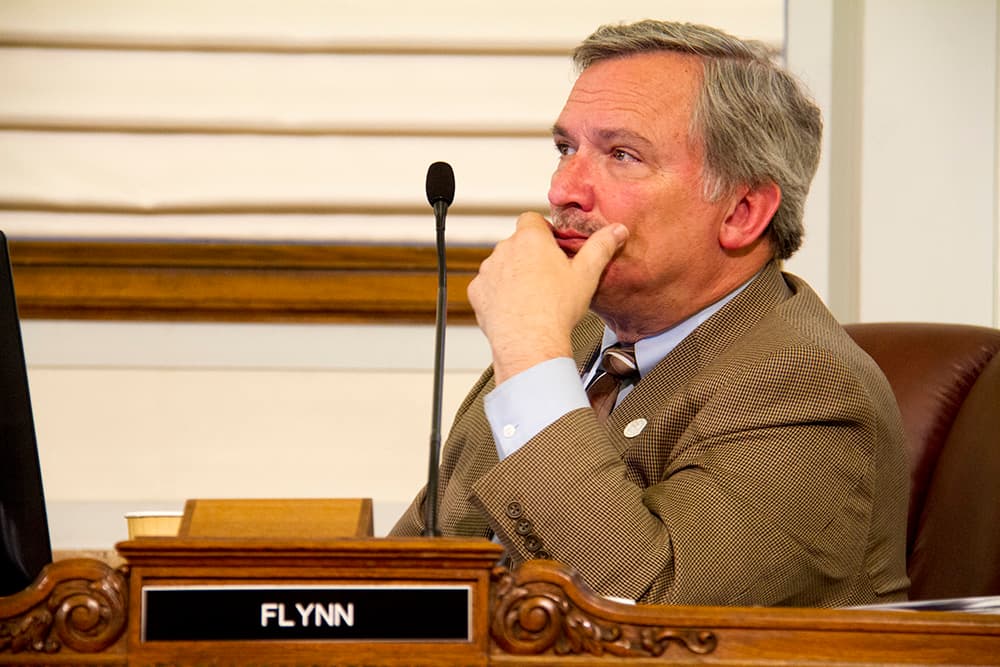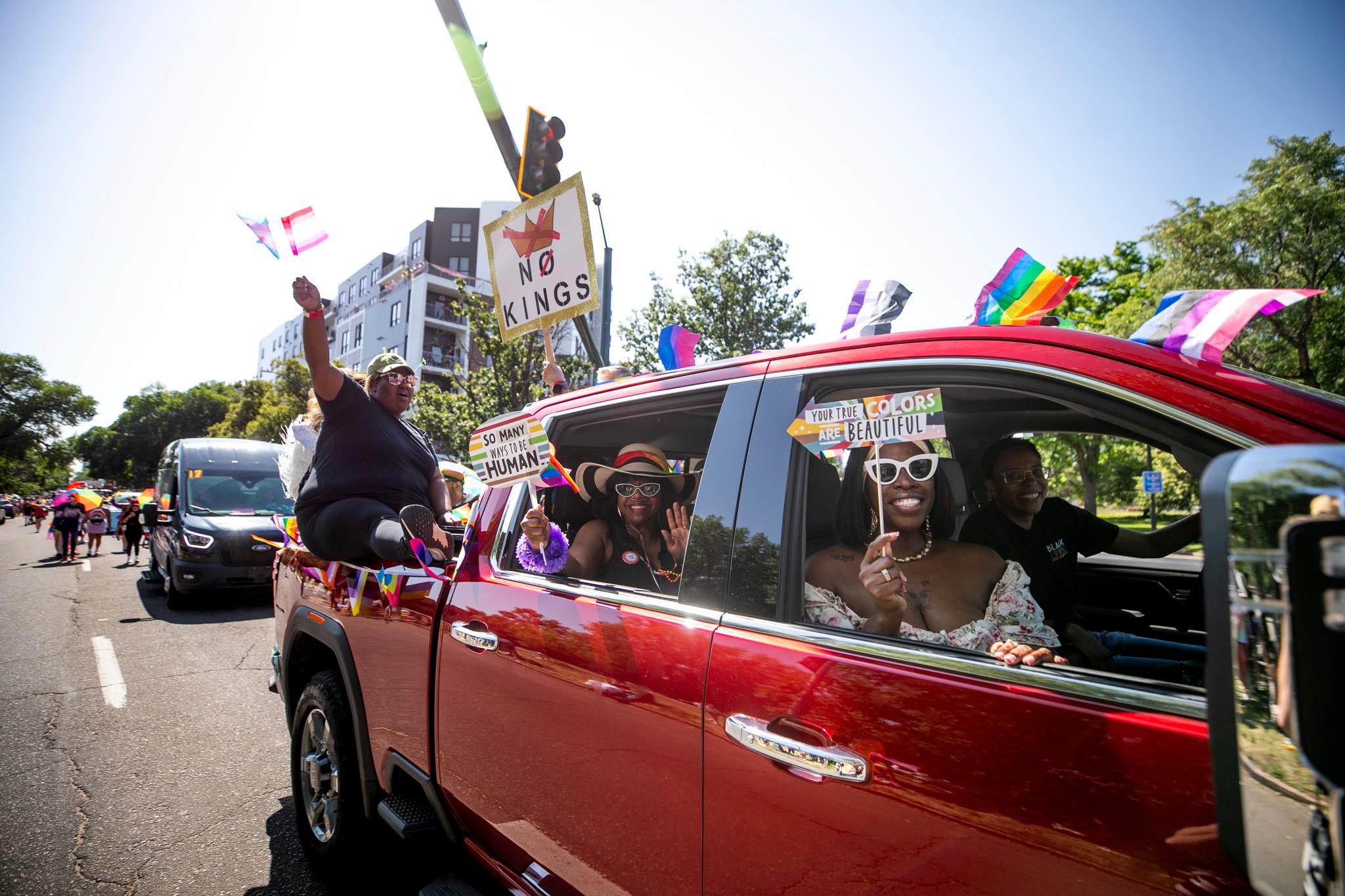Following a messy selection process and a clumsily written contract, the Denver City Council unanimously rejected an agreement Wednesday that would have expanded the city's fleet of red-light cameras.
The Denver Police Department and Denver Public Works planned to spend the $1.2 million on electronic traffic enforcement, including new red-light cameras at 13th Avenue and Lincoln Street and 18th Avenue and Lincoln. The move aligns with the city's Vision Zero plan to end traffic deaths by 2030.
But City Councilman Kevin Flynn aimed to kill the contract, partly because the document was written with the wrong intersections and partly because Flynn is against the concept of the traffic tech, and believes longer yellow lights will do the trick.
DPD and DPW don't disagree. Reps from both departments visited with Flynn earlier in the day and said they picked intersections where the yellow light phase may be too short given downhill momentum. So now they will study the crash rates, leaving the expansion in limbo for up to nine months, according to DPD.
Red-light photo enforcement saves lives by reducing the number of T-bone crashes, according to a study from the Insurance Institute of Highway Safety.
By 2016, DPD's cameras reduced red-light running by 61 percent, 54 percent, 39 percent and 6 percent at each intersection where they were installed, according to documents from a 2016 council committee meeting.
I asked Flynn whether he believes they prevent traffic deaths.

"I don't know that they have, because fatalities are so few and far between that it's hard to tell what's statistically significant," he said. "But I do know that setting the yellow time saves lives and reduces red-light running."
Flynn cited a California town that drastically reduced red-light running by dragging out the yellow phase a little longer. (IIHS suggests this tactic can work.) Meanwhile safe streets advocates are fed up with the pace of change.
"Denver should be following the example of other leading Vision Zero cities like New York and Washington, D.C., that have dramatically expanded the use of these technologies, resulting in safer streets," said Jill Locantore, executive director of WalkDenver. "Instead, we seem to be dragging our feet. The longer we delay, the more lives will be lost on our streets."
Lengthening the yellow phase may or may not reduce crashes at the Lincoln Street intersections, according to David Digiacomo, a city traffic engineer. He will change the light timing as soon as next week and monitor crash rates.
The contract snafu and yellow-light theory come after the Colorado Department of Transportation rejected cameras on deadly streets -- and after the police and public works ducked one councilman's request.
The city's most dangerous streets double as state highways, so CDOT has final say over which intersections get cameras. Last month, the roads agency blocked Denver from adding cameras at Alameda and Federal, Colorado and Colfax, and Colfax and Monaco.
The city did not request CDOT's permission to add the cameras at 14th Avenue and Federal Boulevard/Holden Place, despite City Councilman Paul Lopez's request during budget talks.
"If red-light cameras work to protect people in Boulder, there's no real reason deadly intersections like 14th and Federal shouldn't as well," Lopez said in a text. "I'm beyond disappointed that I've been led astray and that my request has fell on deaf ears at every level."
Officer Patrick Phelan, commander of the special operations division, said the police department is "revisiting" with CDOT, which just moved into new offices at that very intersection.
"We stand by this, we think it's a safe way to ensure a safe driving, biking and walking public," Phelan said.
The contract is delayed, but the program's expansion will likely move forward eventually -- even if the cameras end up at different intersections, Phelan said.













